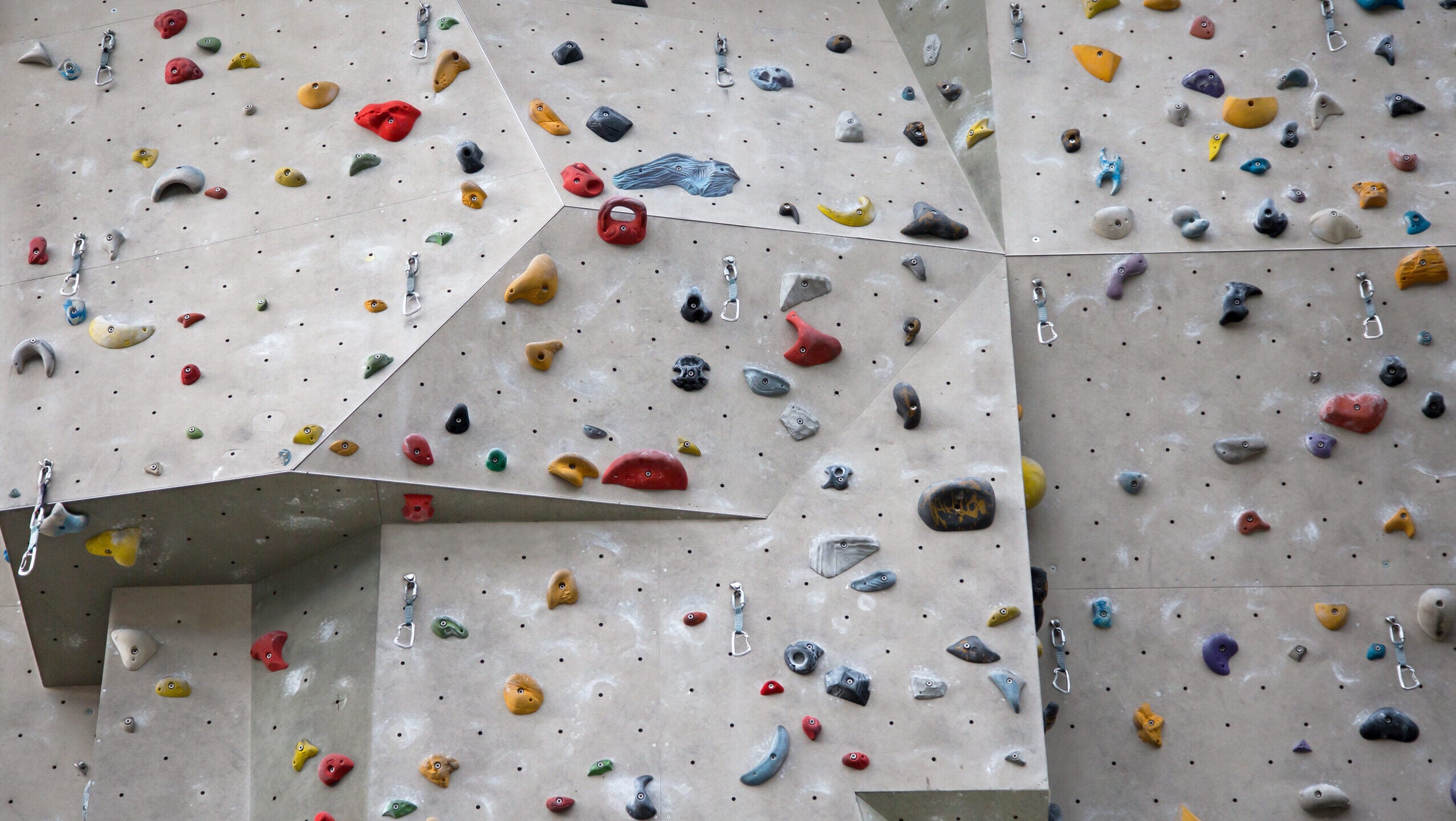Fatal Autobelay Accident at Sydney Climbing Gym

Following the accident, the Australian rock gym has permanently removed all of its autobelay devices. (Photo: Getty Images)
A young man died after falling 43 feet from an autobelay-equipped route at Sydney Indoor Climbing Gym in St. Peters, Sydney, Australia. The victim’s identity has not yet been made public, but he was reportedly in his early 30s and fell around 11:30 a.m. on Wednesday, October 13. He died at the scene.
The gym closed following the accident last week, just two days after it had reopened following the lifting of COVID-19 lockdown restrictions.
Sydney Indoor Climbing Gym has since reopened, albeit now without any autobelays. “[The accident] involved an autobelay failure,” the gym wrote on Facebook and Instagram prior to reopening on October 21. “All our autobelays have been taken away and autobelays will not be used again at St. Peters. No other equipment was involved. Out of respect for everyone involved, we would ask that everyone avoid speculation.”
Sydney Indoor Climbing Gym has also removed autobelays at a sister facility in nearby Villawood, and gym staff had reportedly “undertaken a comprehensive program of equipment inspection and testing” prior to the reopening.
Syndey Indoor Climbing Gym bills itself as the largest climbing gym in the Southern Hemisphere, with over 12,000 square feet of climbing, over 400 roped routes, and routes up to 82 feet high. It is the oldest climbing gym in Sydney and has been open since 1993. The gym could not be reached for comment.
Autobelays have come under fire following a spate of recent accidents, some incredibly gruesome (such as this “anal impalement” incident), and some fatal. In some cases, these accidents have resulted in catastrophic lawsuits. The majority of these incidents resulted from user error, but not all. On September 3, a 73-year-old man was seriously injured at Makak Climbing Arena in Warsaw, Poland, falling 30 feet after his autobelay line broke.
Several gyms in the United States have removed their autobelays in light of the accidents, such as Edgeworks Climbing+Fitness in Washington.
While autobelays are safe if used properly, and current models have near nonexistent rates of failure, many gyms don’t require autobelay users to pass top rope belay tests, and/or have low (or nonexistent) age minimums for autobelay use. This means that newer, less experienced climbers can tend to gravitate towards autobelays. In addition, given the nature of autobelays, users are almost always climbing alone, with no partner to verify that they are clipped into the belay line and wearing their harness correctly.
This article is free. Sign up with a Climbing membership, now just $2 a month for a limited time, and you get unlimited access to thousands of stories and articles by world-class authors on climbing.com plus a print subscription to Climbing and our annual coffee-table edition of Ascent. Please join the Climbing team today.